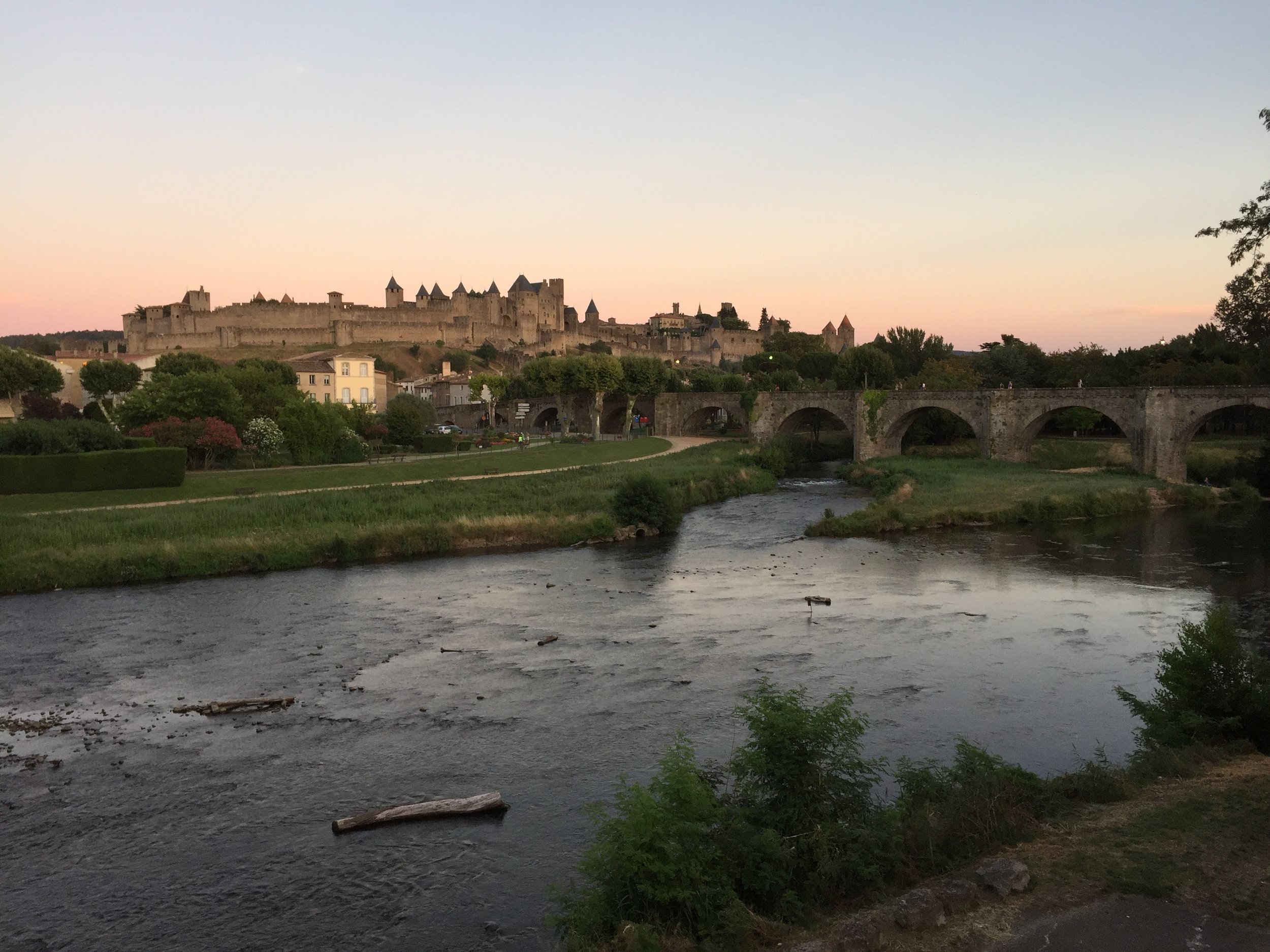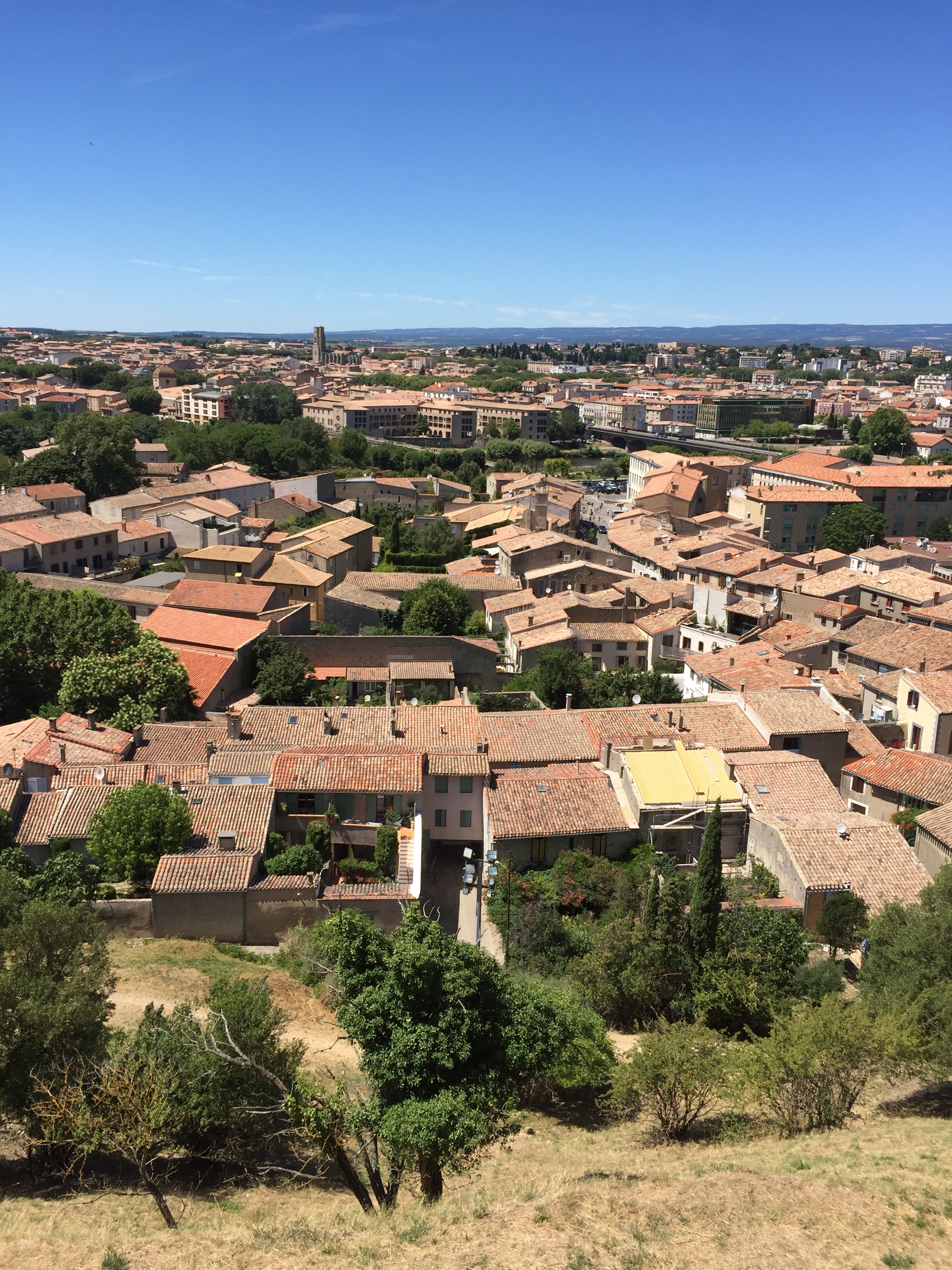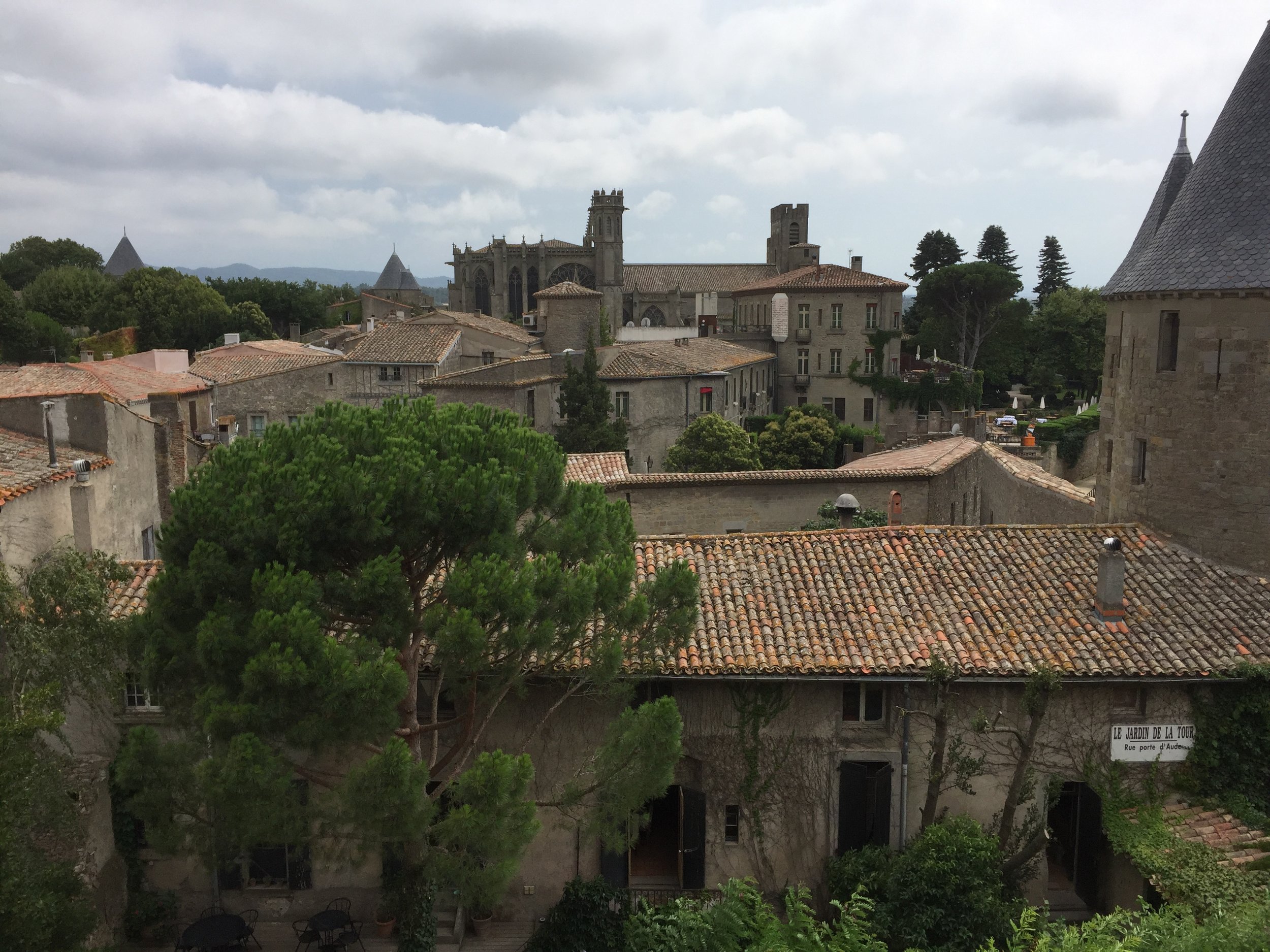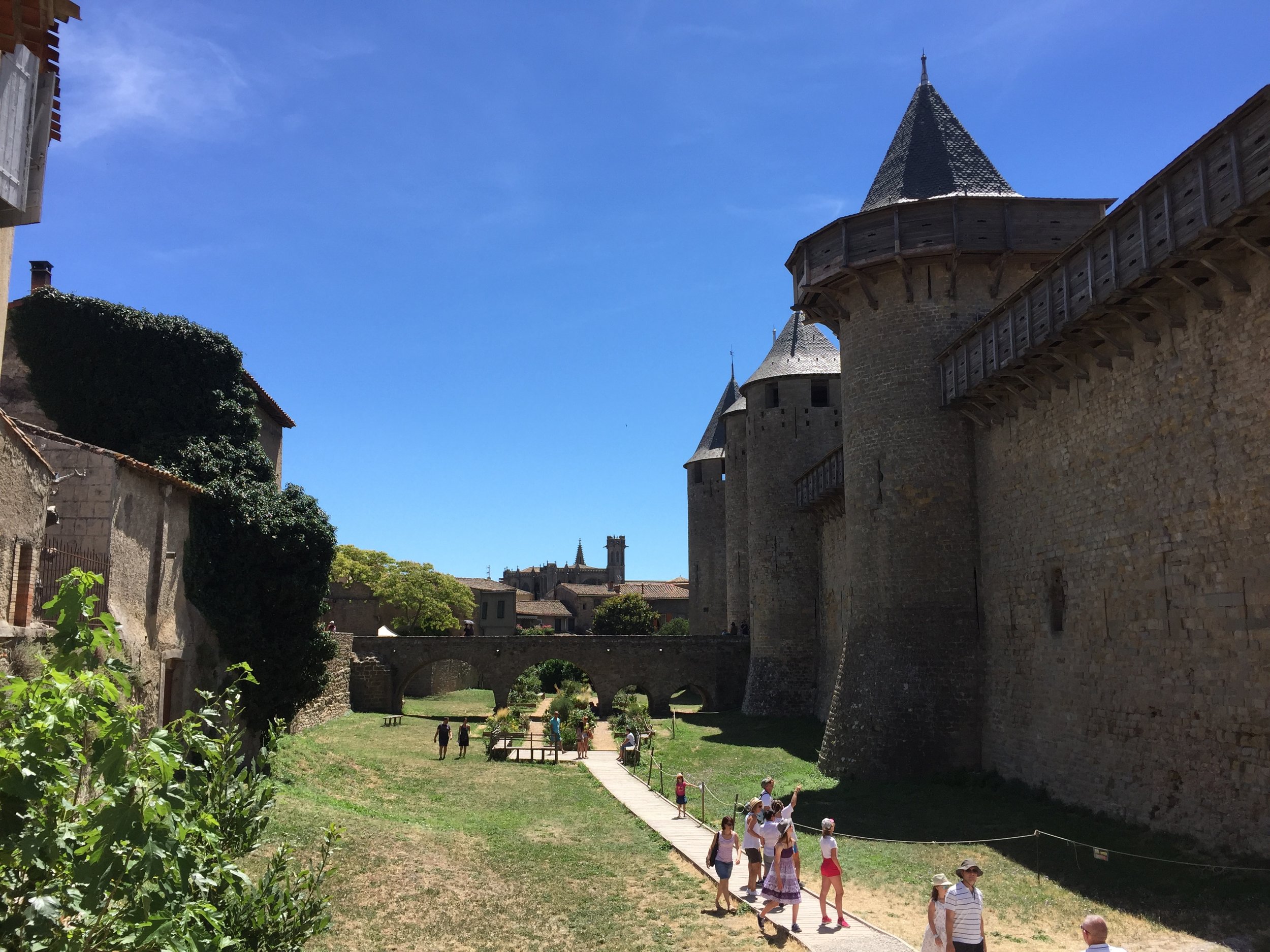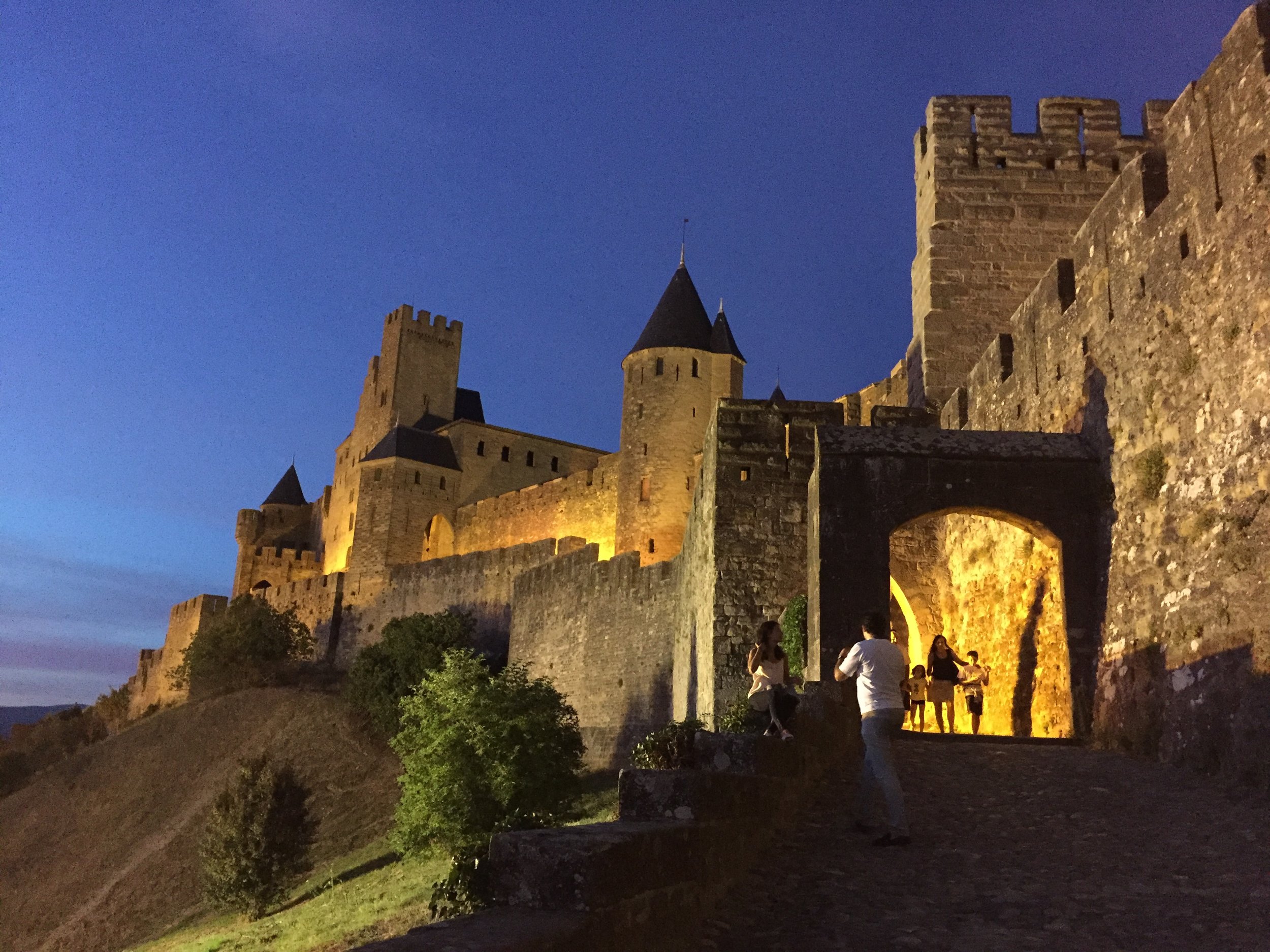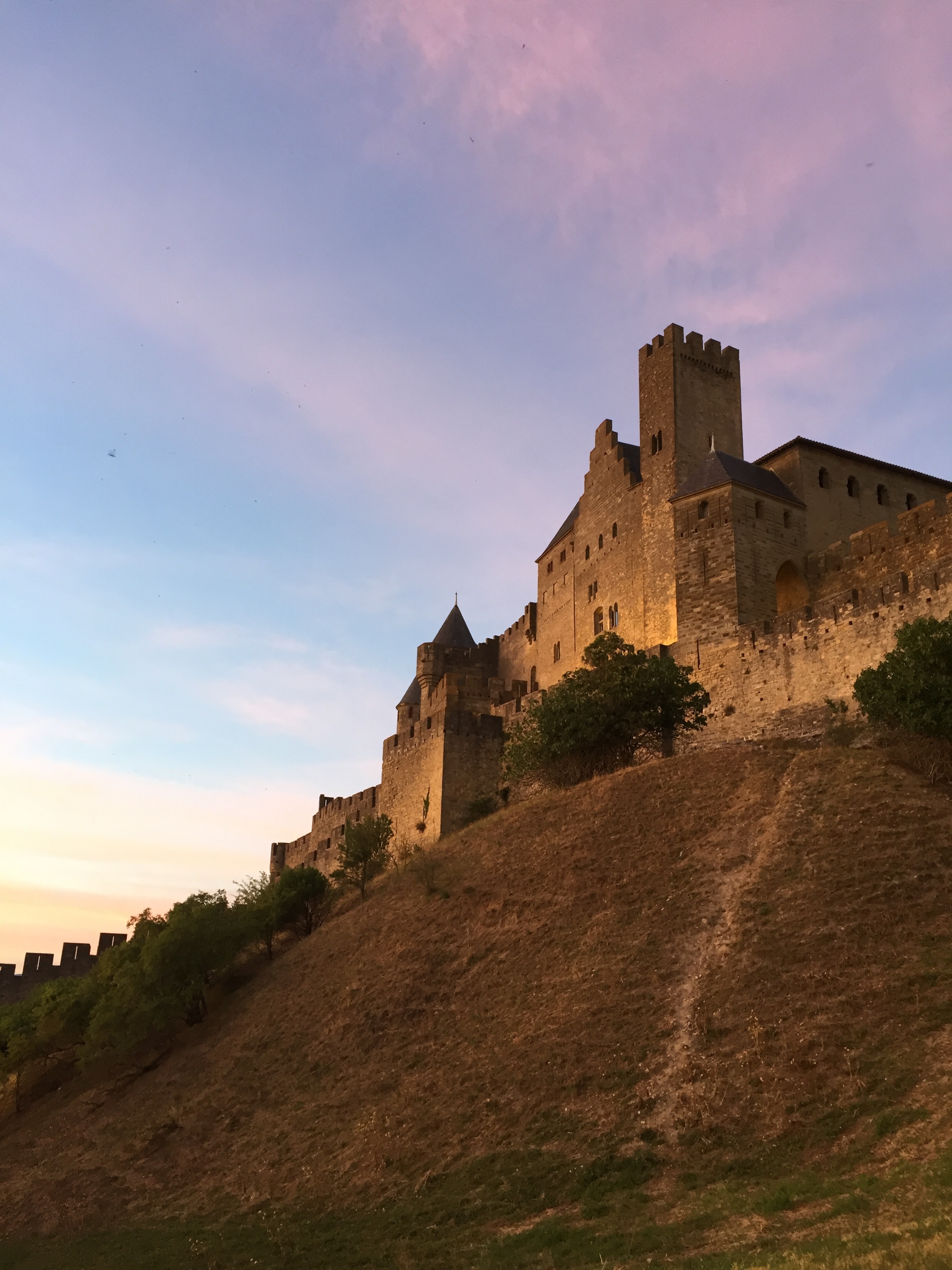According to tourism surveys, over 70% of people who travel to Edinburgh include a visit to the castle as part of their trip.
Understandably so: it is a magnificent sight and imposing landmark. The rock on which it stands has been occupied for centuries, and to this day the castle protectively keeps watch over the city whose name it bears. I urge you to visit if you have never been.
Such lengthy human habitation makes it hard to get your head round the evolution of the site. All those centuries blend together and the passage of time is hard to grasp; you assume the castle has looked the same forever.
Once you’ve paid your entry, taking a free tour gives you insight from knowledgeable guides. A point that stuck with me, and which makes sense for somewhere noted as “one of the most attacked places in the world”, is that very little of the site can be considered original. A few buildings pre-date a 16th century siege that reduced most of the site to rubble, but even those have seen significant internal alterations.
I was reminded of this during a visit to Carcassonne in southern France, home to the medieval fortress, the Cité de Carcassonne. Like Edinburgh Castle, the Cité occupies an elevated position and has a history of occupation and siege that has taken its toll on the fortifications over the centuries.
And like the Old and New Towns in Edinburgh, the Cité is on UNESCO’s list of World Heritage Sites. My Languedoc guidebook was rather sniffy about Carcassonne’s inclusion on the list, suggesting it had “squeaked through” the application process. Objections to the historical authenticity of the Cité focus on the much-needed restoration work that took place from the mid-1800s.
Architect Eugène Viollet-le-Duc was criticised while he was alive, and you can understand why: the spires gracing most of the citadel’s turrets are completely at odds with the traditional flatter roofs that can be seen on a few of the towers. That cynicism, it’s difficult to deny, risked tainting my excitement at seeing the Cité - right up until the point I finally set eyes on it.
There is certainly something of the fairytale about the ‘original’ city of Carcassonne, but there is little point in denying the extra charm it bestows on the place as a result. It’s good to be reminded there are things that can still make you feel a childlike excitement, and seeing the Cité in the flesh instantly banished any lingering doubts about being yet another tourist among the millions who visit each year.
Without restoration efforts, the Cité could have been left to ruin, with precious little to enjoy today. Nobody accuses Edinburgh Castle of being a lesser attraction because warring hordes have had the temerity to tear down most of its buildings over the years. Far better, then, to accept the history of the Cité de Carcassonne, appreciate it as we find it and - most importantly - enjoy it.
